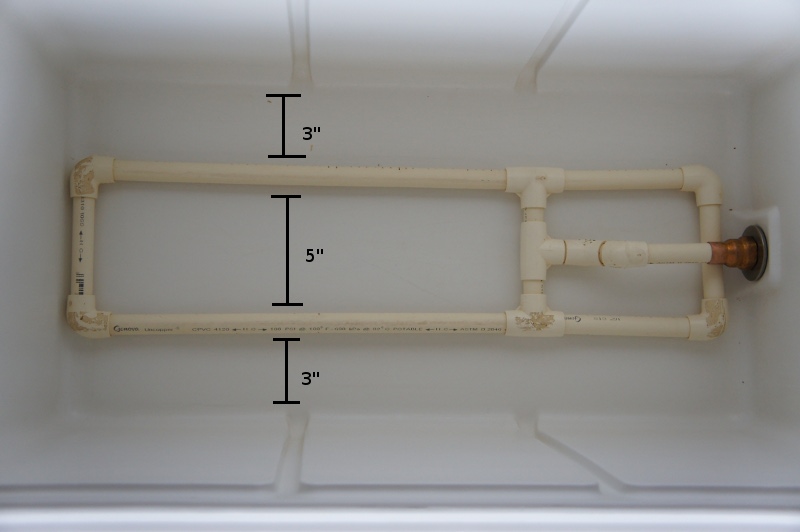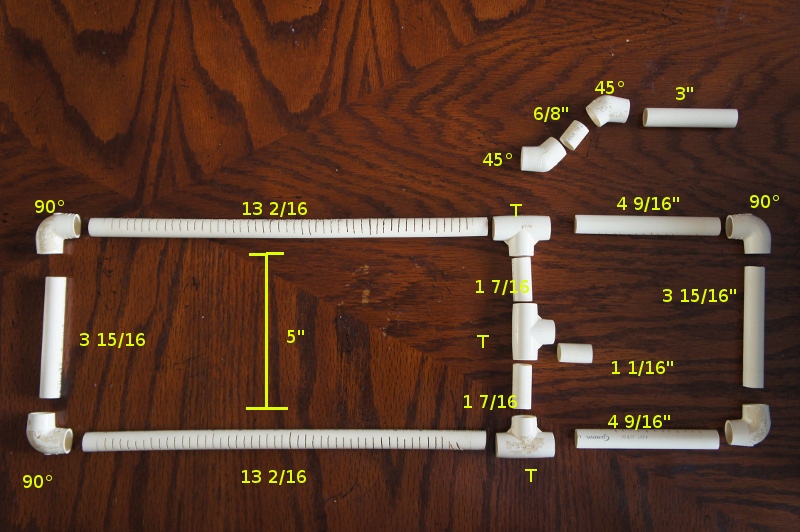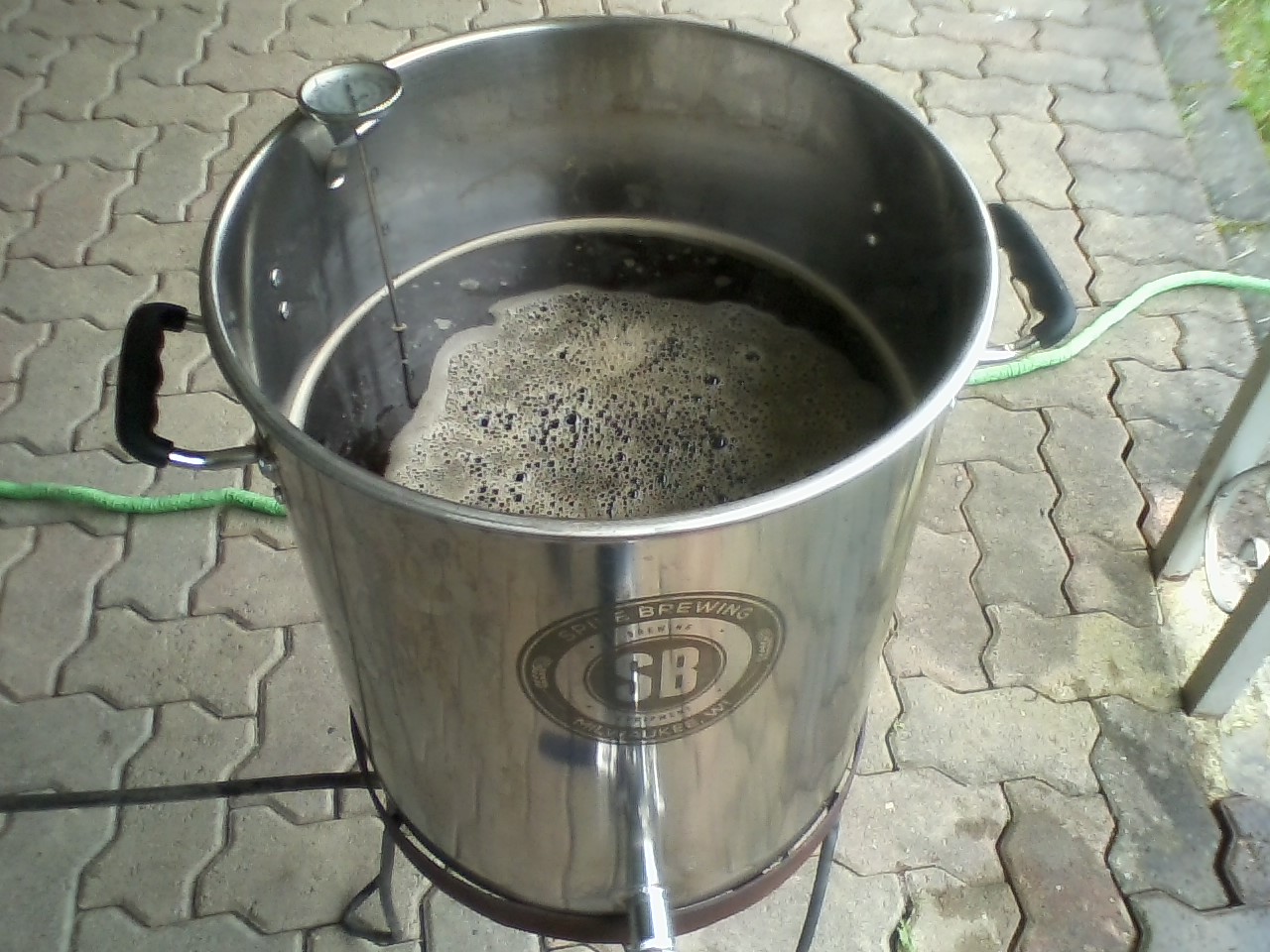1. Recommendations
When it came time to upgrade, a Spike kettle got my vote, and my dollars. One reason is that they have welded ports, not the "weldless" kind that sometimes can leak. It's just a much more solid unit given that no weldless fittings are involved.
I'm having them add an additional port for whirlpooling. Welded, of course.
2. What is the Spicket on the bottom of the pots for?
The spigot is for racking (draining) into a fermenter. Early on I used a siphon, and while they work, they're not...IMO optimal. Turn the valve on the spigot, and there you are.
3. Necessary accessories
Define necessary.

I'm going to tell you what, FOR ME, is "necessary."
There's another thread on here someplace about upgrades you wish you'd bought at the beginning. I upgraded from a kettle with a weldless ball valve and weldless thermometer about it, which thermometer probe protruded about 3" into the kettle.
For me, getting a thermometer in the kettle is necessary. It helps me see when I'm close to boiling (important to avoid boilovers if you're not paying attention), and to see how I'm doing on chilling.
When I upgraded to the Spike kettle, I specified two ports on the bottom, which are about 70 degrees apart. The thermometer probe is only about an inch into the kettle, which allows me to easily do Brew-in-a-Bag (BIAB) brewing and when I hoist the bag, I'm not worried about the bag snagging on that temp probe.
I'm getting an additional port 4 inches higher and between the two lower ones to which I can attach a whirlpool arm. It hasn't been "necessary" to have one to this point, but I'm trying some different things and I want to be able to whirlpool. So now it's "necessary."

"Necessary" accessories include ball valves where applicable.
4. Do you mash /Sparge and boil in the pot?
I do BIAB. You need a 10-gallon kettle to do a 5-gallon BIAB. To do this with a 10-gallon batch...I'm thinking you may need a 20-gallon kettle. If you're doing a traditional mash tun, a 15-gallon kettle is minimum for 10-gallon batches.
Anyway, I line the kettle with a BIAB bag (I get mine from Wilserbag), and then mash in the kettle. When done mashing I hoist the bag, let it drain into the kettle, squeeze a bit to get some more of that sweet wort out of the spent grain, and begin the boil.
BIAB is a no-sparge method. You can do variations; some dunk the bag into sparge water to rinse the grain of additional sugars, some pour sparge water over the bag. You have to adjust water amounts, but the way I do it is not the only way.
5. To brew 10 gallon. Batches do you brew in 10 gallon pot or more?
More. I only do 5-gallon batches but I will have 6.5 gallons of wort, or a bit more, which boils down to about 5.5 gallons. You do the math for 10 gallons.

So you'd need a 15-gallon pot at minimum.






![Craft A Brew - Safale S-04 Dry Yeast - Fermentis - English Ale Dry Yeast - For English and American Ales and Hard Apple Ciders - Ingredients for Home Brewing - Beer Making Supplies - [1 Pack]](https://m.media-amazon.com/images/I/41fVGNh6JfL._SL500_.jpg)


























































